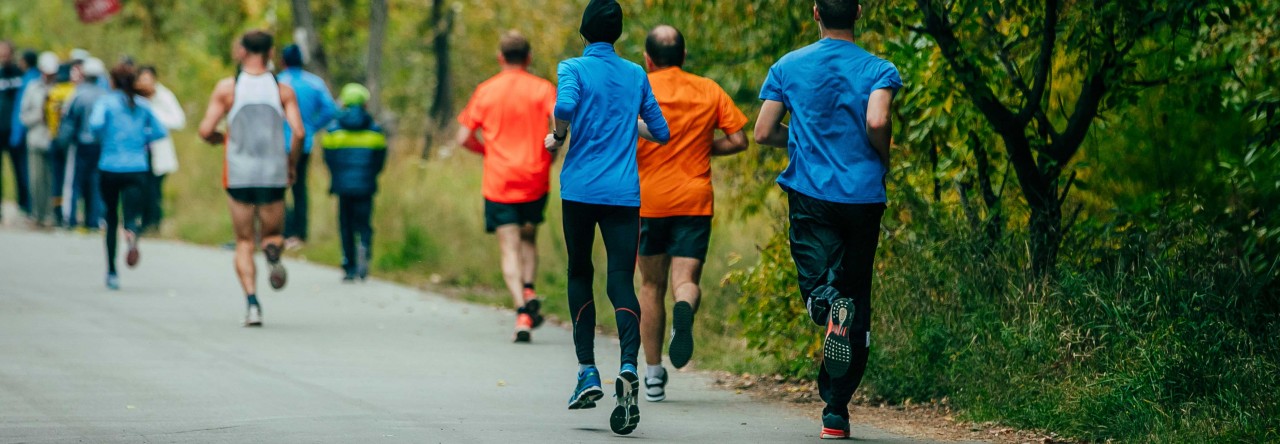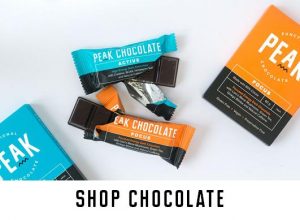As some of you might know am preparing for a half marathon race in May this year (2017). My main training will start in a couple of weeks and am preparing for it. I like to try breaking my PB this year so am supposed to go for speed but in contrary am not pushing for speed at this stage and that is what am going to talk about here.
In every running program there are 3 main workouts: slow long run, speed training, and goal pace run. What am working on for preparation is to focus on slow long run because that is the bread and butter of running. The reasons are:
- Improves capillary network. Burning fat requires Oxygen. The penetration of blood into muscles indicates how well oxygen can reach out to cells so that fat burning can be utilised better in activities. The less penetration the more we have to burn carbs instead that do not need oxygen to burn. The downside of consuming carbs is that it generates lactic acid which if not washed out in time from the working muscles, the muscles cramp and their performance drops (that is when we have to slow down due to the pain). Efficiency in fuel consumption, which simply comes down to burning fat rather than anything else, is another aspect of this capillary network development. The other great improvement is growing more mitochondria in our muscle cells. Mitochondrion is the engine of body cells for generating energy. The more we have the higher we produce power.
- Strengthen legs. Think of slow run as working out legs for longer time. It looks like as if you are pounding steadily on your legs on the spot. It is a tough workout that creates resilience, strength and stability in legs.
- Improves mental toughness. Such running simulates hard stages of a long running race where the so-called mental breakdown plays in. Slow running tires up legs due to making them deal with your full body weight for longer amount of time with not much rest in between strides. Although you are capable of running faster that comes with longer airborne time to let your legs unwind a bit, you refrain and it simulates the tough moments of pushing through fatigue in a real scenario.
- Provides basis for form correction. Unlike speed training, you find a chance to focus on every step you make and spot issues you might sense. Are your legs straight? are your toes pointing straight forward? are you pushing off the ground or is it totally switched off? are your arms moving only for balance? are you shortening stride length on both uphills and downhills? and a lot of other form check-points.
I used my new wearable today, Garmin Vivosmart (not quite happy with it since switched phone to the Android base Redmi) and that is what I did:
https://connect.garmin.com/modern/activity/1606061867
I did not push for speed at all and compared to my goal pace I was 30-50 second slower per km. Look at my heart rate, 143 avg. Given my max heart rate is 182 bpm and my rest heart rate is 55 bpm, this falls around the top range of the fat burning zone, which is still in the zone I should do this workout.



Comments are closed.